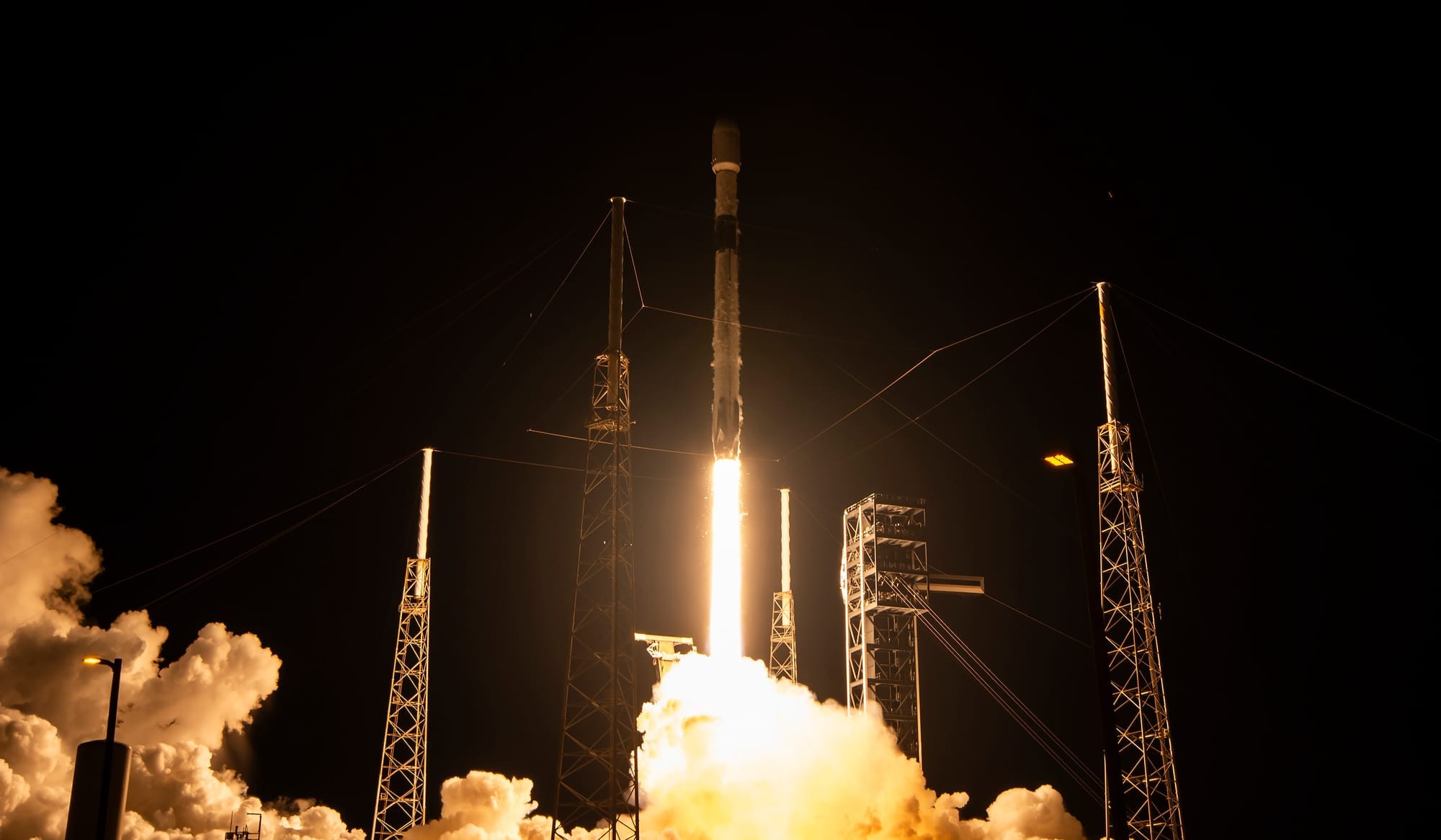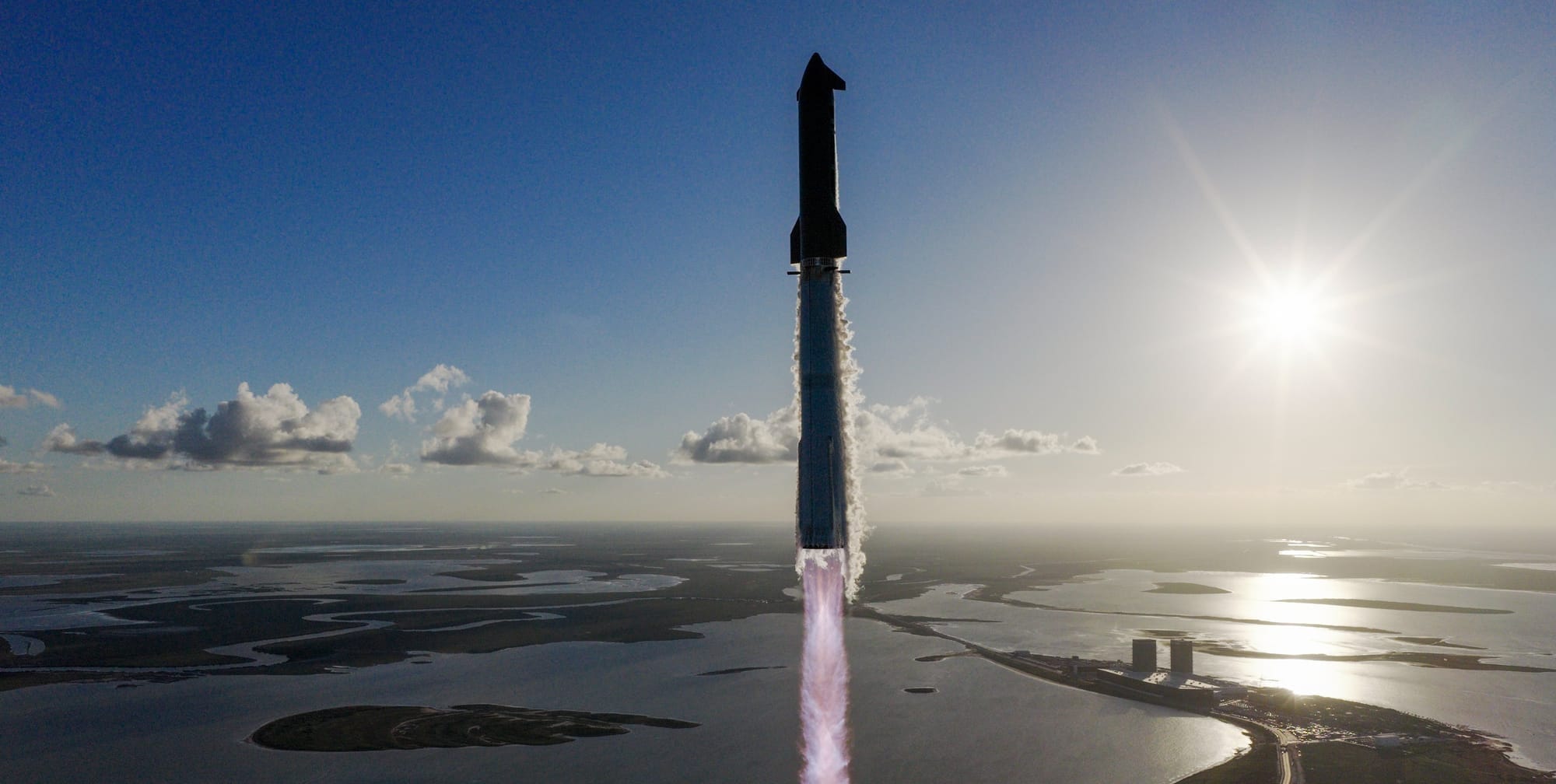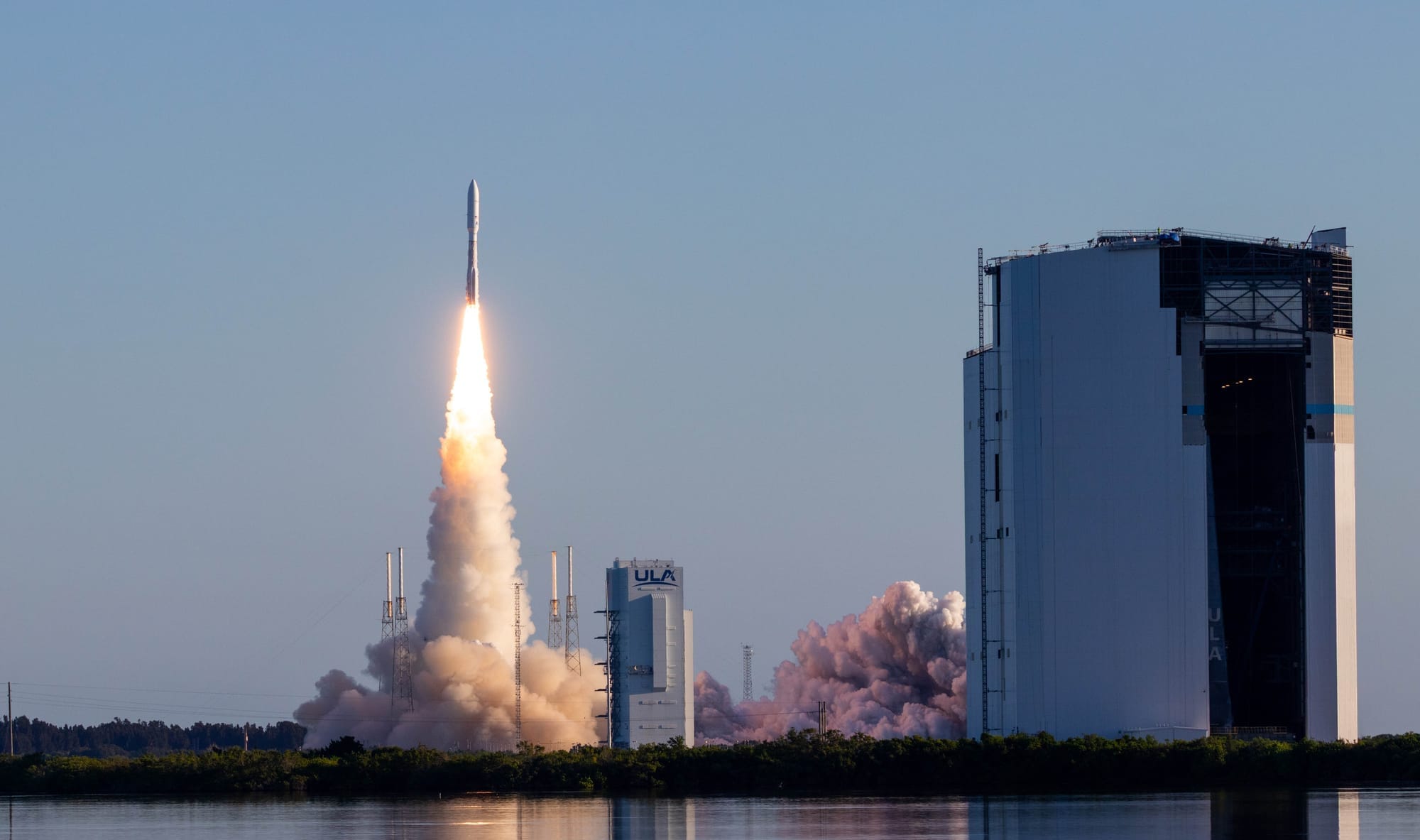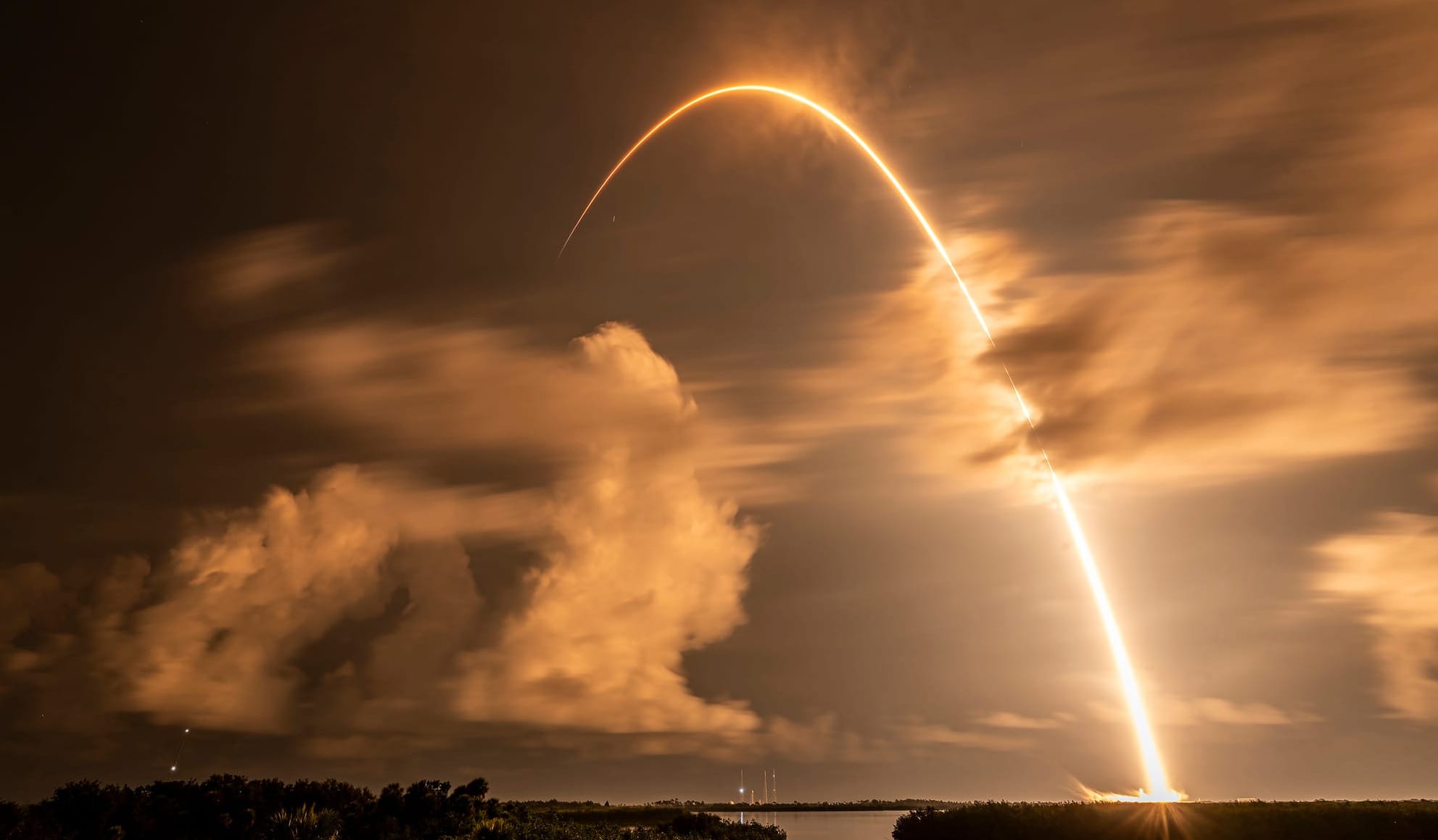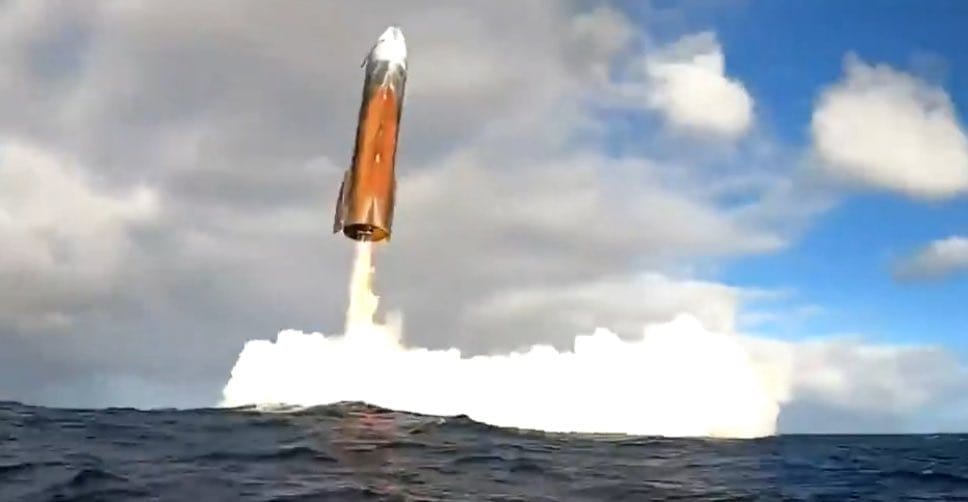Table of Contents
Amazon's network of Kuiper satellites has seen another group reach orbit via a Falcon 9 launch earlier today.
From Space Launch Complex 40 on October 14th, SpaceX's Falcon 9 flew into low Earth orbit carrying 24 satellites for the Kuiper constellation, Amazon's space-based internet providing service. About an hour after launch, the group of satellites, for Kuiper's sixth overall, was released in under eight minutes.
With Falcon 9 being a partially reusable launch vehicle, booster B1091 was flying for the second time in support of Kuiper deployments. After providing the ascent through most of the atmosphere, B1091 landed downrange on the drone ship 'Just Read The Instructions'.
And touchdown. pic.twitter.com/DCh8vkwsXX
— NSF - NASASpaceflight.com (@NASASpaceflight) October 14, 2025
Falcon 9 launching from Space Launch Complex 40 and booster B1091 landing on the drone ship 'Just Read The Instructions', via NASASpaceflight on Twitter.
Following this launch, Amazon has 153 Kuiper satellites in orbit for its planned 3,236 constellation. The third group of 24 satellites launched with SpaceX was the constellation's sixth overall, with the other three delivered via United Launch Alliance.
The launch of Amazon's sixth set of Kuiper satellites was also the final time the constellation will fly with SpaceX, as the launch company has successfully provided the three booked launches. Launches of Kuiper satellites with SpaceX were the result of a shareholder lawsuit.
Today's and other Kuiper satellites are heading toward an orbital altitude of around 630 kilometers to start providing internet services to customers. Following the deployment of further satellites, services from Kuiper are planned to be available later this year at speeds of up to one gigabit per second, a feat demonstrated last month.
In order to meet a deadline with the U.S. Federal Communications Commission, half of the Kuiper constellation, approximately 1,600 satellites, will need to be launched by mid-2026. Currently, Amazon has bought over eighty launches to deploy the constellation from a variety of American and European launch providers.
Competition over Kazakhstan
Toward the end of September, Amazon announced that the Kuiper constellation is expanding into Kazakhstan through a partnership with Kazakhtelecom. Through their partnership, Kazakhtelecom will connect its service offerings to Amazon's satellites to provide connectivity to households, businesses, and schools. Speaking on the agreement, Lisa Scalpone, Kuiper’s Head of Worldwide Consumer, shared:
"Project Kuiper is designed to provide fast, reliable internet to customers and communities around the world. We’re proud to be working with Kazakhtelecom as our first partner in the Central Asia and Caucasus region." – "We look forward helping spur technology adoption and economic growth across the country through our collaboration."
Kuiper is not the first U.S. internet-providing constellation operating in the Central Asian nation, with SpaceX's Starlink being granted permission to operate in August. With over 8,000 spacecraft, Starlink is the premier connectivity constellation, leading it to have over seven million users after a few years of being commercially available.
Besides the two American options, the Chinese Shanghai government-supported Qianfan constellation is preparing to offer connectivity services in Kazakhstan sometime in 2026. Ahead of that, a subsidiary has been set up in the nation, along with testing between satellites and consumer equipment in remote regions to demonstrate real-world services. To date, Qianfan has deployed 90 satellites out of a planned 15,000.
Privately-backed Chinese constellations are also moving into the country, with automaker Geely's Future Mobility Constellation, currently boasting 64 satellites, having signed a cooperation agreement with Kazakh company SATLAS. Through their agreement, the Kazakh side will work through Central Asian regulatory approvals, frequency coordination, and licensing to provide Geely's space-based connectivity and positioning services.
With the four constellations operating in the country, their operators will compete with each other to offer the most compelling service, likely driving down prices to the benefit of Kazakh consumers.
What is Falcon 9?
Falcon 9 is currently the world's only operational partially reusable medium-lift launch vehicle. The rocket is manufactured and operated by the American space company SpaceX. Falcon 9 currently launches from Vandenberg Space Force Base, in California, and Cape Canaveral, in Florida.
For recovery, Falcon 9 has four grid fins and four landing legs on the first-stage. The first stage either lands vertically on a drone ship or a landing pad back near its launch site, landing back at the launch site causes a reduction in payload capacity.
SpaceX claims that Falcon 9 can send up to 22,800 kilograms into low Earth orbit when expended or 18,400 kilograms when reused. Similarly, it can send up to 8,300 kilograms into geosynchronous transfer orbit when expended or 5,500 kilograms when reused.
The first-stage is powered by nine Merlin 1D engines burning rocket-grade kerosene and liquid oxygen to generate 771 tons of thrust. The second-stage is powered by a single Merlin 1D vacuum engine burning rocket-grade kerosene and liquid oxygen to generate 95 tons of thrust.
On the pad, the rocket is 70 meters tall with the first and second stages 3.7 meters in diameter, the fairing is 5.2 meters in diameter and tapers out from the top of the second-stage. Fully fuelled Falcon 9 weighs approximately 549,000 kilograms.

